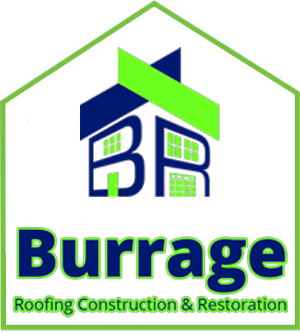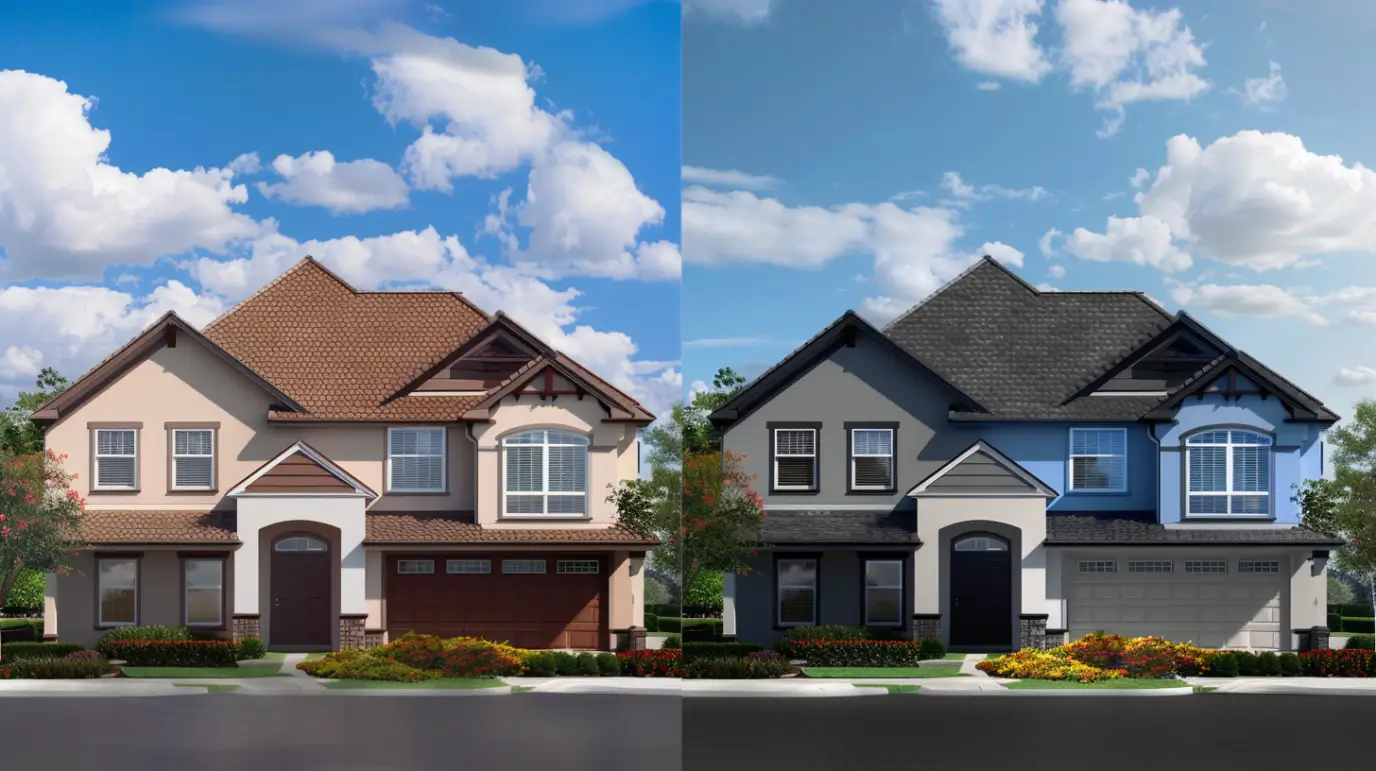Roof color greatly influences your home’s energy efficiency, particularly in warmer months. Many don’t realize that it affects energy consumption, comfort, and long-term costs. At Burrage Roofing in Quad Cities, IL, we understand the relationship between roof color and heat absorption, helping you make choices that boost energy savings. Choosing the right color balances comfort and efficiency, and our team is ready to assist you. In this blog, we’ll explore the science of roof colors and identify the best solutions for Quad Cities residents while highlighting how Burrage Roofing can help you achieve optimal results.
The Science Behind Roof Color and Heat Absorption
Roof colors interact with sunlight in distinct ways. Lighter shades, such as white or light gray, reflect sunlight and absorb less heat, while dark colors, including dark colors, retain more heat, increasing roof surface temperatures. This principle underpins cool roof technology, which employs light colors to enhance energy efficiency.
Selecting the appropriate roofing materials and color based on heat absorption is crucial. Different roofing materials can significantly impact your home’s interior temperature, but color isn’t the only consideration. Understanding this allows you to choose a roof that reduces energy bills and keeps your living space cool and comfortable.
Contact Us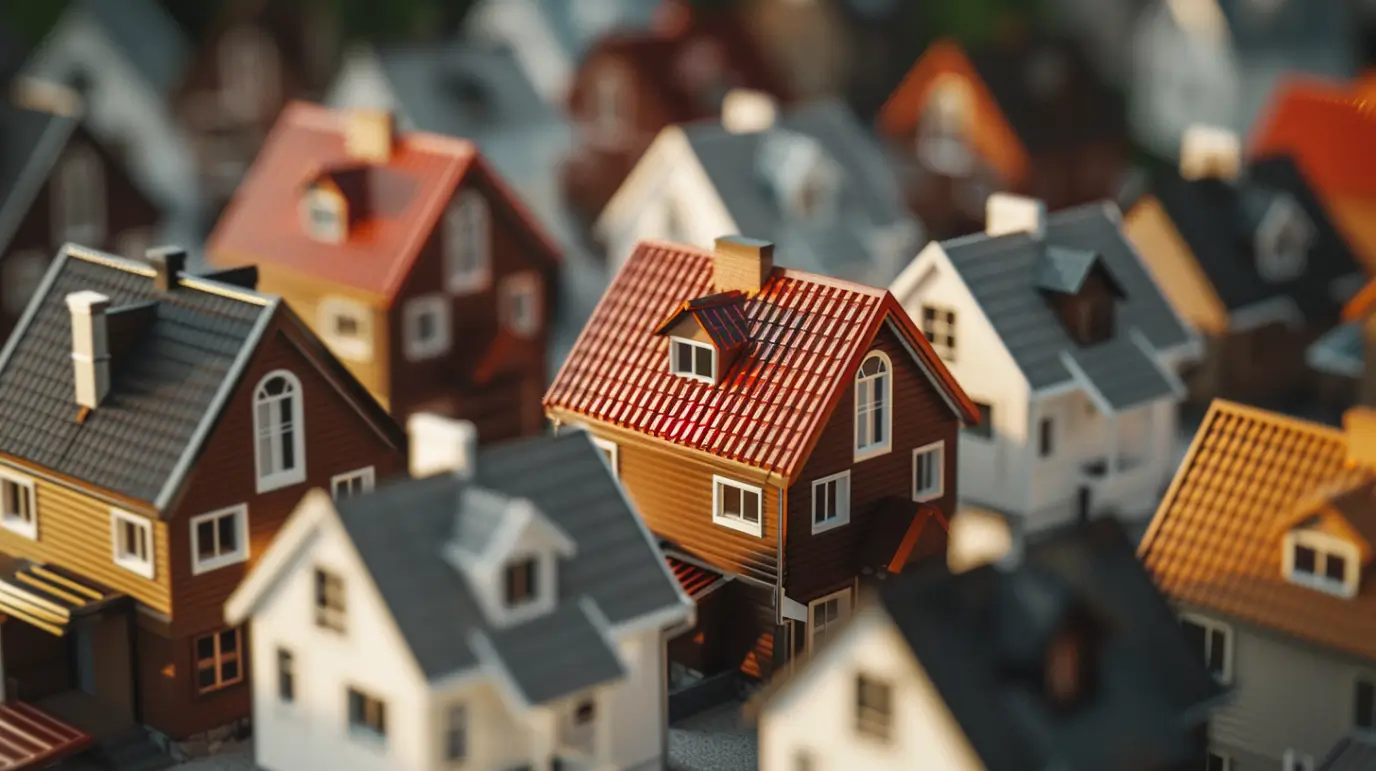
How Light vs. Dark Roofs Affect Indoor Temperatures
Light-colored roofs reflect heat, keeping indoor temperatures lower during hot summer months and reducing reliance on air conditioning, which saves energy and lowers cooling costs in summer.
Conversely, dark-colored roofs absorb heat, raising indoor temperatures and increasing air conditioning use, leading to higher energy bills. While beneficial in colder months, dark roofs can make summers uncomfortable.
The Role of Solar Reflectance in Energy Efficiency
Solar reflectance is a key factor in energy efficiency, indicating a roof’s ability to reflect sunlight rather than absorb it. Lighter colors like light gray or white offer higher solar reflectance, reducing heat absorption in dark surfaces and keeping indoor temperatures cooler—especially vital in urban areas where the heat island effect increases cooling costs.
Using roofing materials with reflective coatings enhances your home’s design and promotes energy savings. Implementing cool roof coatings technology, including metal roofing, can significantly lower energy consumption during hot months and reduce reliance on air conditioning. Thus, selecting the right roofing color and material impacts both aesthetics and energy efficiency, helping minimize energy bills.
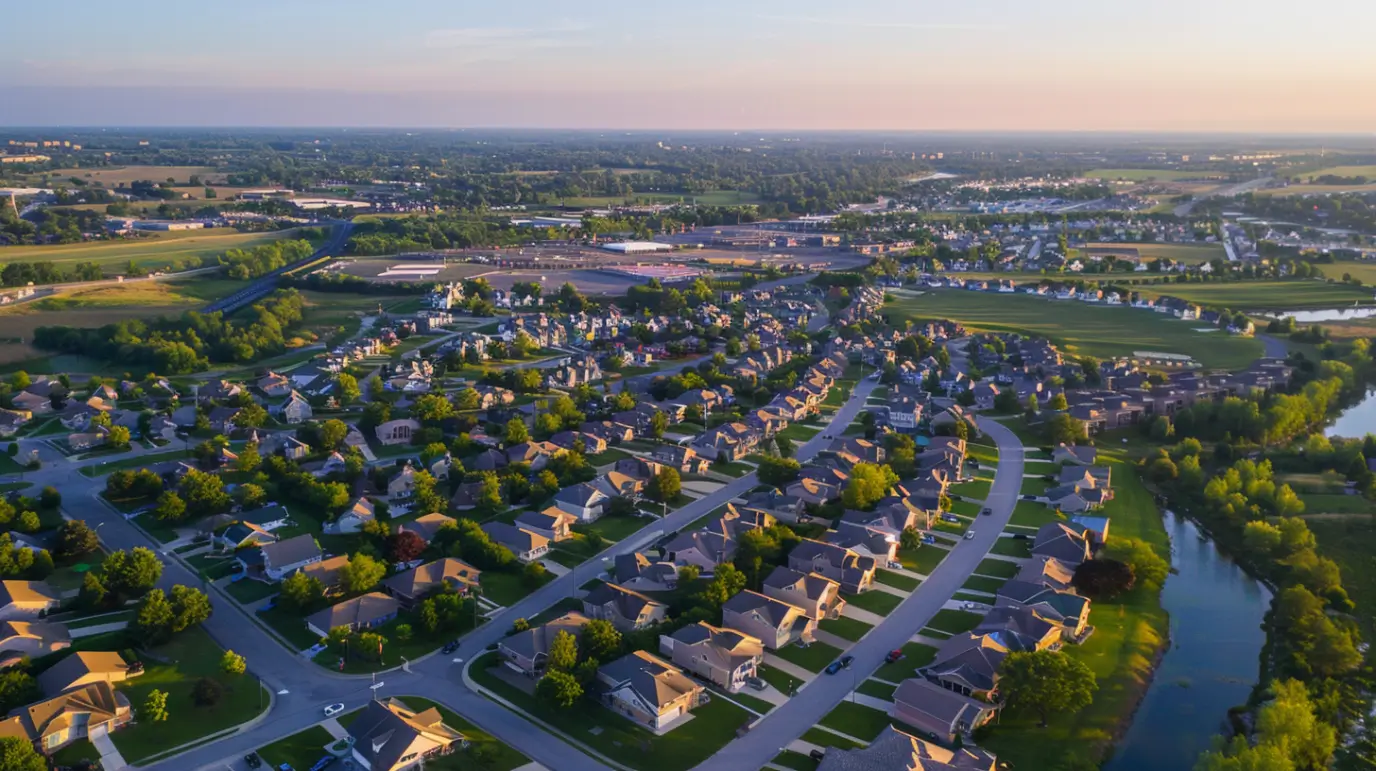
Climate Considerations for Quad Cities
In Quad Cities, IL, you experience distinct seasons—hot, humid summers and very cold winters. Thus, selecting the right roof color is crucial for maintaining comfort and energy efficiency year-round, especially with proper insulation. Understanding the local climate allows you to choose a roof color that meets your energy needs, helping reduce energy consumption while adapting to seasonal changes.
Seasonal Weather Patterns and Roofing Choices
The Quad Cities experience significant weather fluctuations, with hot summers and very cold winters. These changes influence roofing choices for energy efficiency.
Light-colored roofs are ideal for summer, reflecting sunlight and reducing heat absorption, which lowers cooling costs and enhances comfort.
Conversely, darker roofs absorb more heat in winter, keeping homes warmer. Homeowners should strike a balance between summer and winter needs to maintain high energy efficiency and save money year-round. It’s essential to consider local weather when choosing roofing options.
Local Building Codes and Energy Standards
Building rules in the Quad Cities set standards for roof materials and energy efficiency, specifying requirements for solar reflectance and insulation to ensure optimal roof performance.
By adhering to these energy codes, you not only comply with regulations but also protect your home from heat loss or gain, saving money and benefiting the environment.
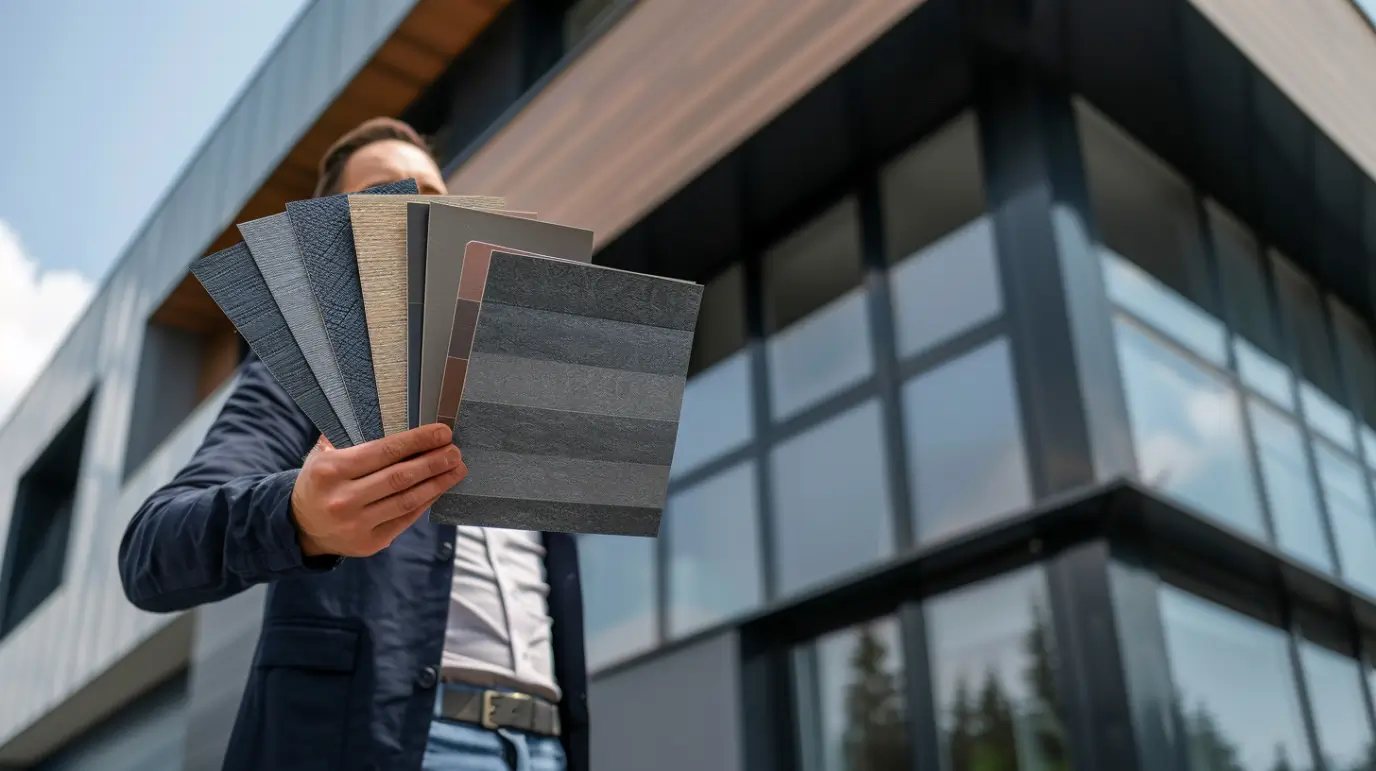
Choosing the Right Roof Color for Maximum Cooling
Picking the right roof color can help with energy efficiency and bring down cooling costs. If you go with a lighter roof color like white or beige, your home cooler can stay cooler inside during summer.
When you choose a roof, the right roof color depends on the climate you live in, the materials you want to use, and your personal preferences regarding what you like the house to look like. You get a good balance of energy efficiency and curb appeal if you pick a color that complements the overall design of your home as well as works well for both how your house runs and how it looks.
Popular Cool Roof Colors
Cool roofing comes in various colors that enhance your home’s energy efficiency. Light gray, beige, and soft white are popular choices due to their high solar reflectance.
These hues elevate both style and function; they improve curb appeal while boosting energy performance. Special reflective coatings can further enhance cooling effects.
Benefits of cool roof colors include:
- Higher heat reflection, reducing heat absorption
- Lower cooling costs and decreased energy use
- Compatibility with most home styles
- Increased comfort during hot weather
Balancing Aesthetics with Energy Performance
Choose a roof color that enhances both energy efficiency and your home’s exterior appeal. A well-matched roof boosts curb appeal and complements your home’s style.
Today’s cool roof materials effectively combine aesthetics with sun reflection. Many shades now feature built-in sunlight-reflecting properties.
Why Choose Us
Your roof color significantly impacts your home’s energy efficiency and cooling. Understanding heat absorption can help you choose the best roofing option for your Quad Cities home, enhancing comfort and reducing energy costs. Consider both aesthetics and cooling effectiveness when selecting a roof.
Burrage Roofing, based in Quad Cities, IL, has over 30 years of experience in exterior restoration. As an IKO Craftsman Premier Installer and BBB Accredited Business, we prioritize quality service and customer satisfaction. Our partnerships with trusted suppliers ensure top-notch materials for energy efficiency. Contact us today for a quote—your first step toward a more comfortable, energy-efficient home.
Read our blog: Eco‑Friendly Roofing Materials: Benefits and Choices
Frequently Asked Questions
Does a lighter roof color really lower my energy bills?
Yes, a lighter roof color can significantly reduce energy bills by reflecting more sunlight and absorbing less heat, which ultimately helps in mitigating climate change. This helps maintain cooler indoor temperatures, decreasing reliance on air conditioning and leading to lower overall energy consumption during hot weather.
